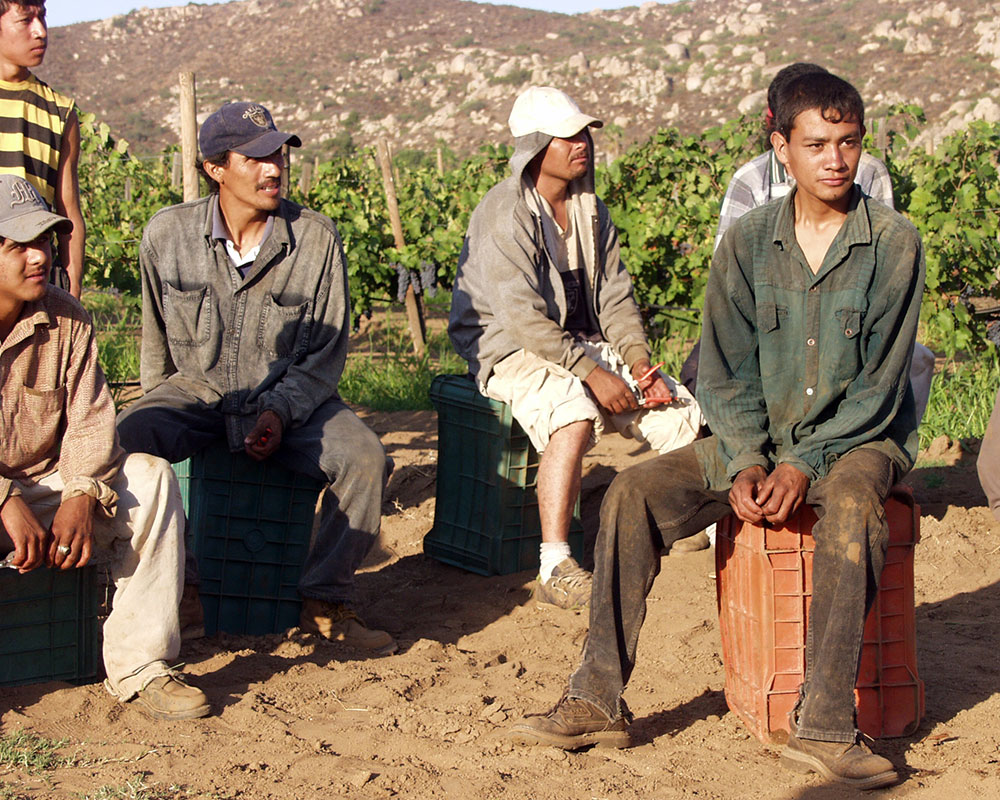Informal recovery centers called anexos have proven to be an effective avenue for Latino immigrants and migrants, and Latinos born in the U.S. looking to treat their substance use disorders, a 2016 study published in the International Journal of Drug Policy showed.
The study, which was led by Anna Pagano of the Prevention Research Center of the Pacific Institute for Research and Evaluation in Oakland, Calif., was conducted over two years, and used three anexos in Northern California. Interviews were conducted with 42 residents, three directors, two assistant directors, and three former directors, and found that although anexos operate differently in the U.S. than they do in Mexico, they provide “important insights into Latino migrants’ and immigrants’ experiences with substance abuse, help-seeking trajectories, and treatment needs,” researchers wrote.
There are approximately 52 million Latinos in the U.S., making it the largest minority group in the country. Most Latinos in the U.S. come from Mexico and Central American nations, and many are forced to leave their families behind when they migrate. Some studies have shown the prevalence of binge drinking among migrant laborers as high as 80 percent, and the prevalence of methamphetamine and/or cocaine use is as high as 25 percent.
Treatment options can be limited for several reasons including limited proficiency in English, lack of funds, and lack of proper documentation. Fear of deportation for many migrant men is also high and often prevents them from seeking treatment for their substance abuse disorders.
The model for anexos stemmed from Alcoholics Anonymous’ 24-hour movement in Mexico, which started in the mid 1970s out of a need for the availability of meetings for people who weren’t able to attend at regular times, or for those who needed to attend several meetings in a single day because of the severity of their alcoholism. The first anexo, called Groupo Condesa, was founded in 1975 in Mexico City to help people with limited resources become sober. There are at least 400 anexos currently registered with the 24-Hour and Intensive Therapy Movement, many of which are housed in rented or donated buildings or warehouses.
“For those with limited financial resources, anexos are an affordable and accessible alternative to costly private treatment programs,” researchers stated.
However, many of the anexos in Mexico were criticized due to reports of using harsh measures to rehabilitate people dealing with a substance use disorder. A survey of anexo residents taken in 2009 found that nearly 40 percent dealt with physical abuse while in treatment.
Anexos’ practices in Mexico can include mock kidnappings, violent punishments, hazing rituals, and forced confessions, according to Angela Garcia, associate professor at Stanford University’s Department of Anthropology, who was not involved in Pagano’s research but has done her own research on anexos in Mexico. The practices “say a lot about life in settings where poverty, drugs, and violence are everyday realities,” she said. “Because people have experienced criminal violence in real life. That’s just the reality. I don’t want to say people in Mexico are used to it, but those practices have been very much ingrained in the fabric of everyday lives there.”
Anexos began springing up in the U.S. in the 1980s, many of which were opened by Mexican migrant workers and immigrants. Although the total number of anexos in the U.S. is not known because… (continue reading)

















